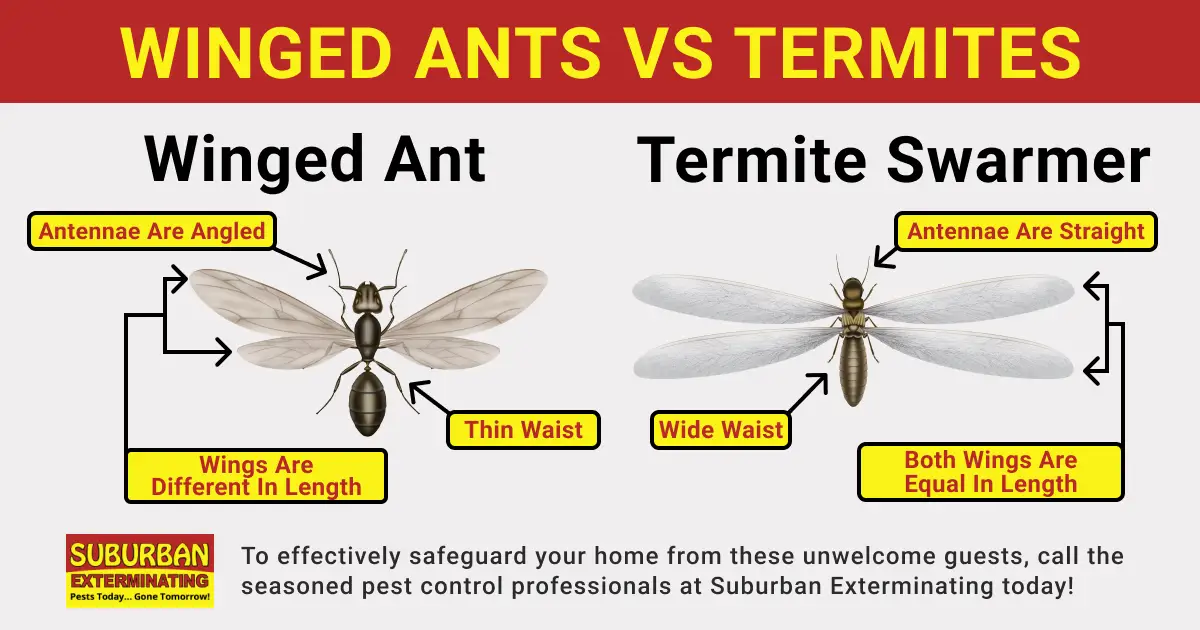Need Expert Advice?
Leave your information below and we'll be in touch soon!
"*" indicates required fields
*During normal business hours. After hours calls will be returned the next business day.
Menu
Need Expert Advice?
Leave your information below and we'll be in touch soon!
"*" indicates required fields
*During normal business hours. After hours calls will be returned the next business day.

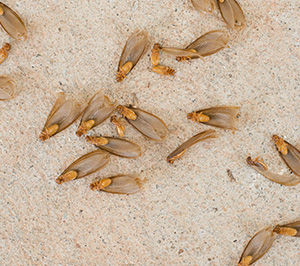 As homeowners, we often encounter various insects, and two common flying species that can cause concern are winged termites and winged ants. At first glance, these airborne intruders may seem similar, but understanding their differences is crucial, as they can have distinct impacts on our homes.
As homeowners, we often encounter various insects, and two common flying species that can cause concern are winged termites and winged ants. At first glance, these airborne intruders may seem similar, but understanding their differences is crucial, as they can have distinct impacts on our homes. 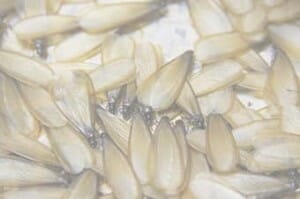 Recognizing flying
Recognizing flying 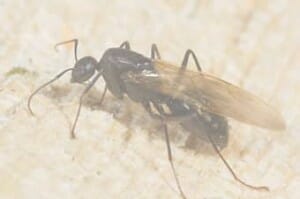 Winged ants, commonly referred to as ant swarmers, have distinct features that set them apart from other flying insects. Here’s a description of what winged ants typically look like:
Winged ants, commonly referred to as ant swarmers, have distinct features that set them apart from other flying insects. Here’s a description of what winged ants typically look like: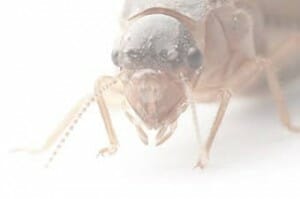 Distinguishing between flying ants and flying termites is essential for effective pest management. While their similarities can be confusing, key features help tell them apart:
Distinguishing between flying ants and flying termites is essential for effective pest management. While their similarities can be confusing, key features help tell them apart: